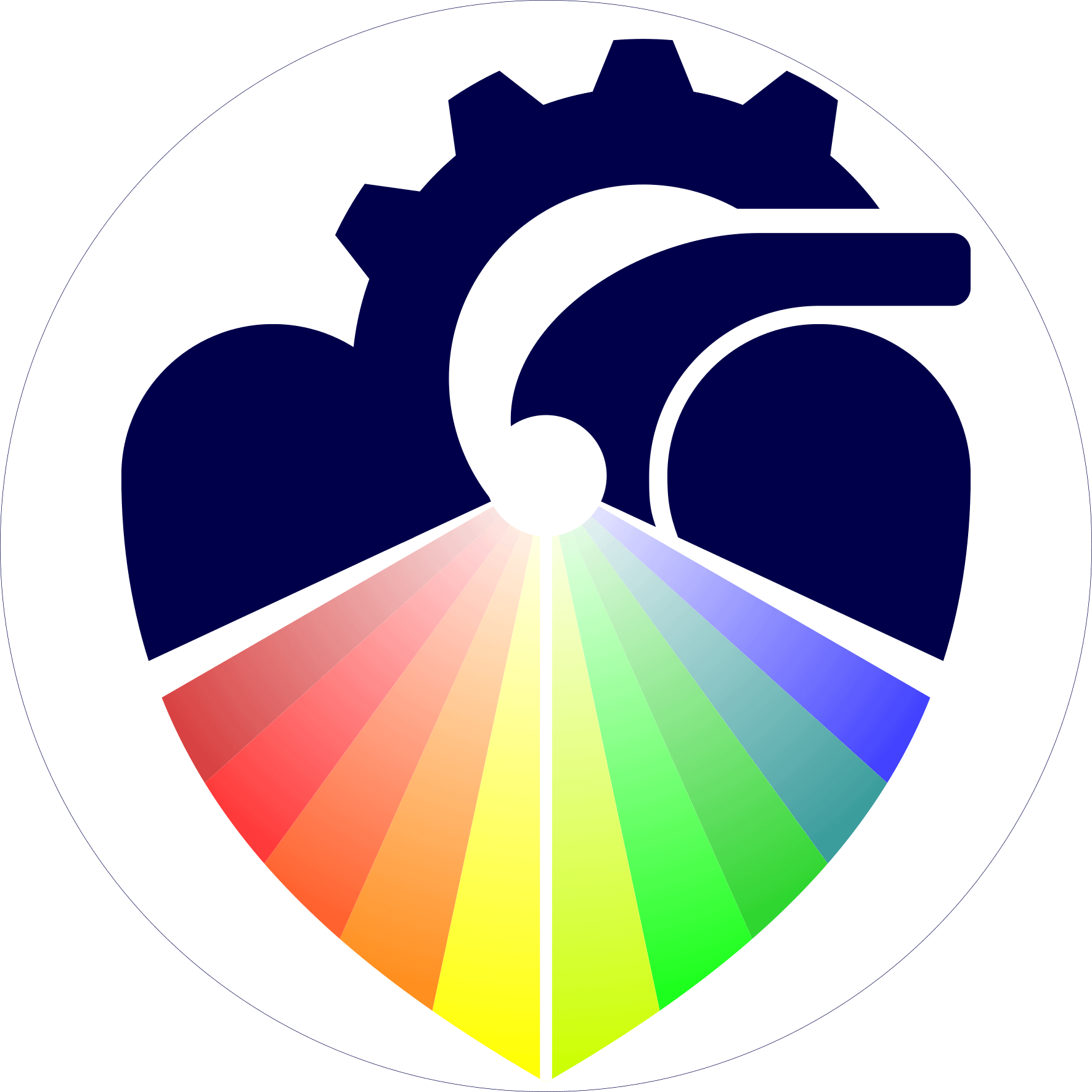2024
Bachelor’s thesis
on the topic:
“Extension of an optical coherence tomography system to include a fluorescence microscopy setup”
Henrik Thiedig
Big questions in biology often yield to very small creatures. When structure and function can be imaged together, with speed and minimal harm, model organisms become living laboratories.
This thesis presents a multimodal imaging platform that couples optical coherence tomography (OCT) with fluorescence microscopy to study the nematode Caenorhabditis elegans and related specimens. Model organisms are indispensable in biomedicine because core cellular and genetic mechanisms are conserved across species. C. elegans is especially powerful: a transparent, ∼1 mm adult with ∼65 µm diameter, amenable to genetics, and tractable for high-throughput experimentation. Yet many standard modalities either capture only 2D snapshots or require slow, light-intensive acquisitions that impede in vivo studies.
OCT addresses the structural side: it is label-free, non-contact, and rapidly delivers volumetric images with micrometer-scale resolution. Fluorescence microscopy contributes molecular specificity by highlighting defined cells, proteins, or processes via targeted dyes or reporters. By integrating these two modalities; here including a visible-light, high-resolution OCT core; the thesis aimed to obtain co-registered 3D anatomy and functional contrast at low phototoxicity.
The objectives were threefold: (i) design and implement a robust OCT–fluorescence system suitable for live imaging; (ii) validate performance on C. elegans by quantifying resolution, volume rate, and photodose while demonstrating localization of specific cell populations and the ability to track cellular dynamics; and (iii) establish an open, extensible workflow so the instrument can serve broader research needs beyond worm biology. The resulting platform is intended to deliver complementary information; structural context from OCT and targeted functional readouts from fluorescence; in a single, aligned dataset.
In short, this work advances a practical tool for cross-disciplinary labs: fast, three-dimensional, and minimally invasive imaging that links what tissues look like to what cells are doing, enabling clearer tests of hypotheses in development, neurobiology, and disease models.

